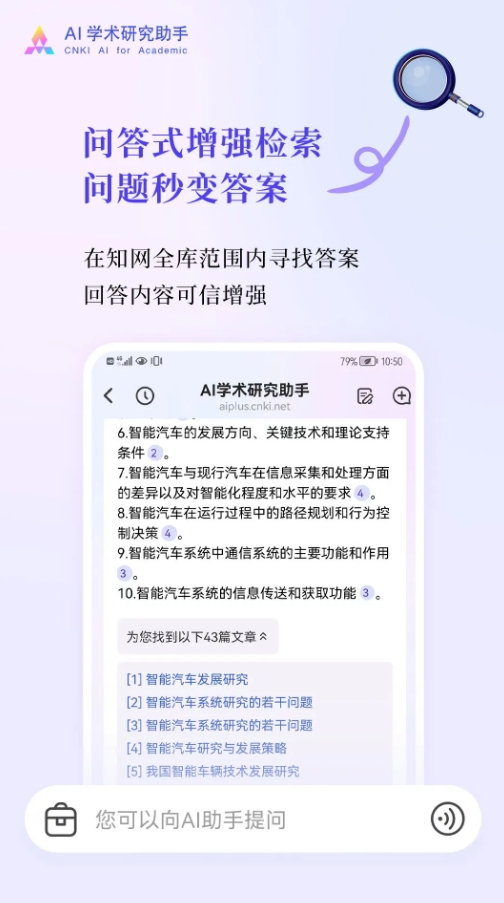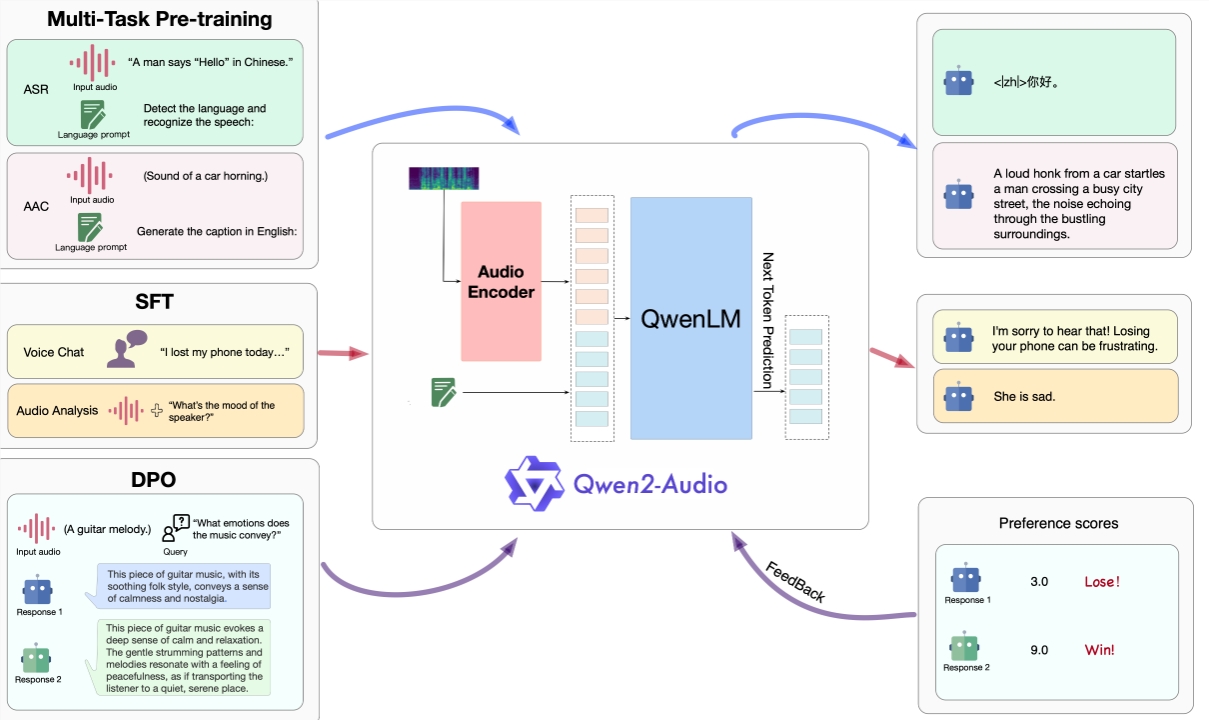A milestone breakthrough in the field of voice interaction! Recently, the domestic AI company Step Audio has shockingly open-sourced a


A milestone breakthrough in the field of voice interaction! Recently, the domestic AI company Step Audio has shockingly open-sourced a


Welcome to the [AI Daily] column! This is your daily guide to exploring the world of artificial intelligence. Every day, we present you with hot topics in the AI field, focusing on developers, helping you understand technical trends, and learning about innovative AI product applications.

BMW Group and Alibaba Group have officially announced a strategic collaboration in the Chinese market. Both companies will focus on cutting-edge technologies such as AI large language models and intelligent voice interaction, aiming to develop advanced solutions tailored to the needs of Chinese consumers.


Recently, the VITA-MLLM team announced the launch of VITA-1.5, an upgraded version based on VITA-1.0, aimed at enhancing the real-time and accuracy of multimodal interaction. VITA-1.5 not only supports English and Chinese but also achieves significant improvements in multiple performance metrics, providing users with a smoother interaction experience. In VITA-1.5, the interaction delay has been greatly reduced from 4 seconds to just 1.5 seconds, making it almost imperceptible for users during voice interactions.


OpenAI has recently made significant technological updates to its ChatGPT platform, introducing real-time search capabilities and advanced voice interaction modes, greatly enhancing user experience. In their latest tech showcase live stream, OpenAI demonstrated a series of new features for ChatGPT, including deep optimizations to the search algorithm that allow users to quickly access real-time information such as stock data and news, significantly improving the timeliness and practicality of search.

Recently, Anthropic and Hume AI launched an innovative voice interaction technology aimed at achieving human-computer interaction in a more natural and emotionally intelligent way. This technology combines Claude's natural language processing capabilities with EVI2's emotional recognition functions, providing new ideas for digital assistant interaction models. The core technology, EVI2, can detect subtle emotional cues in user speech and adjust the interaction accordingly. Compared to traditional voice assistants, this system significantly enhances the fluidity and personalization of interactions.

Google officially launched the new Gemini application on the Apple App Store, introducing the voice interaction feature Gemini Live, marking a significant breakthrough in the smart voice assistant field. Meanwhile, Apple's plan to integrate OpenAI's ChatGPT into Siri also indicates an intensifying competition in this area. As an upgraded version of Bard released by Google in 2023, Gemini is

On August 23, 2024, the well-known Chinese artificial intelligence company Yunzhisheng announced the launch of its latest research and development achievement – the Shanhai Multimodal Large Model in Beijing. The Shanhai Multimodal Large Model is part of Yunzhisheng's Atlas AI infrastructure, capable of receiving and processing inputs from various modalities, including text, audio, and images, and generating any combination of text, audio, and image outputs in real-time. This capability enables the Shanhai model to not only conduct efficient voice interactions but also provide a conversational experience that is close to natural human dialogue.

Recently, CNKI launched the mobile version of its AI Academic Research Assistant, aimed at providing researchers with more convenient academic support. This AI assistant, after receiving widespread acclaim upon its launch on the PC platform, is now available through the CNKI mobile app, catering to users needs for on-the-go access.The main features provided by the AI Academic Research Assistant include:Enhanced Question-Answering Retrieval: Users can ask questions in natural language, and the AI

Alibaba Cloud has recently released a large-scale audio language model named Qwen-Audio, which can accept various audio signal inputs and perform audio analysis or directly respond to voice commands, significantly enhancing the voice interaction experience.Product Entry:https://top.aibase.com/tool/qwen2-audioIn this release, Qwen2-Audio offers two unique voice interaction modes: voice chat and audio analysis. Users can interact with Qwen2-Audio via voice without the need for text input, and can